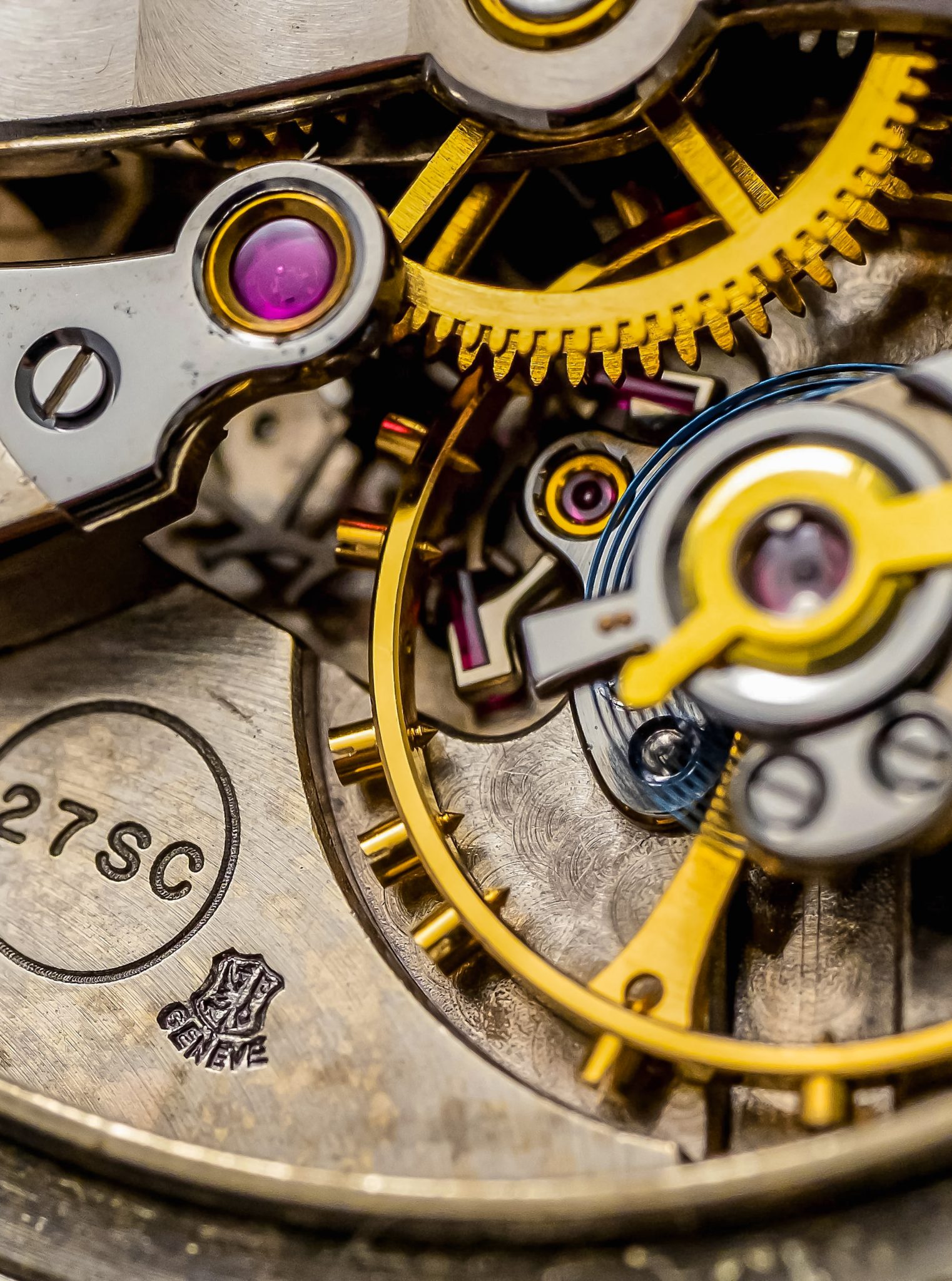
Steel 565 Patek Philippe Calatrava
Perfect simplicity is more difficult to create than complication. As the often misattributed quote goes, ‘If I had more time, I would’ve written you a shorter letter.’ I don’t have time, so I’m going to fully expound the many virtues of the 565 with complexity. It’s one of the earliest examples of Patek Philippe flirting with sporting ambitions, a two-body Taubert & Fils (formerly F. Borgel) 35mm case with a screw back that was way, and I mean way, ahead of its time. More than usual were in steel, because the 30s were a bit . . .drab. Yellow gold was not de rigueur in the Great Depression. And this one is in steel with a 5-minute track and centre seconds: peak casual chic Calatrava.


Any 565 is made by its dial, and the variations are many: white, black, signed, Breguets, luminous, and many other variations. This is a slightly later example with an updated calibre 27SC, for centre seconds, and five-minute dial. In this configuration there are fewer than 15 examples known. And it has a blued steel seconds hand that’s sporting and classic all at the same time. It’s even sporting an early Geneva Seal, which no other variant does. The dial has aged into a light ivory which setts off the center seconds perfectly. And we shouldn’t overlook the choice of bracelet, this vintage Gay Frères might be a later addition but fits the sporting aesthetic to a tee.
This is a Calatrava that has to be seen in the context of what came after to be appreciated. This was the first larger cased water resistant Calatrava, even a little antimagnetic thanks to a soft iron inner cover. This was the very start of sporting steel three-hand Patek. What’s that worth? A bit. In 2015, these would trade hands around 50K US all day. Recent auction results would place a dial this rare well in excess of 100K. For an early Calatrava, that’s a lot. But for the earliest steel sporting Patek, maybe it isn’t. And it isn’t unreasonable at all for something this significant and well thought out. How do you know it’s well thought out? Let Einstein tell you. ‘Everything should be made as simple as possible, but not simpler.’ That’s the 565 zone, Einstein.


It’s in standout condition too, new to market and by the looks of things. The case is very sharp. The dial still has its accent and the A top, in fact the whole thing looks not cleaned but lovely. And it comes with an extract stating sale in 1954, which would be exactly right. It comes from a well-regarded Monegasque retailer.











